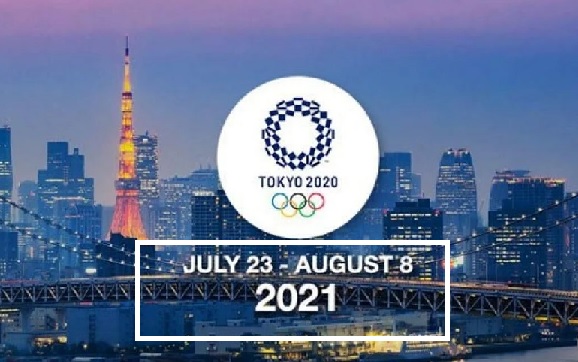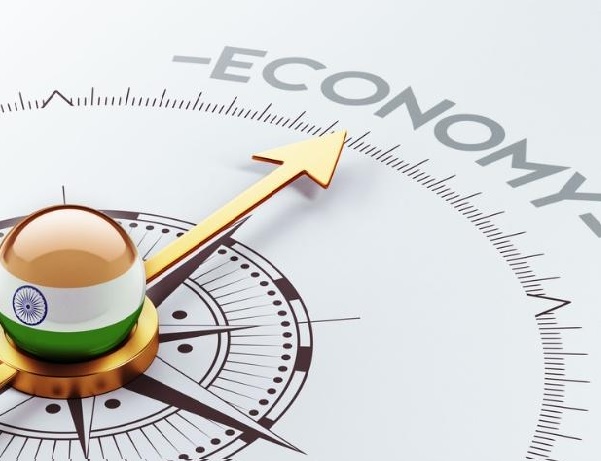You have come to the right place if you are seeking GK questions on Solar System with their answers. The solar system comprises of the Sun, planets, starts, moons, comets, asteroids and meteoroids. You can take GK quiz on solar system and enhance your general awareness.
GK Questions on Solar System with Answers
Here is the list of most important GK questions on Solar System along with their answers:
Question: Comets revolve around?
a Earth
b Sun
c Venus
d No single heavenly body
Ans: B Sun
Question: Which of the following part of the Sun is visible to humans?
a Photosphere
b Corona
c Chromospheres
d Core
Ans: A Photosphere
Question: Which planet in Solar system is having fourteen moons ?
a Venus
b Mars
c Uranus
d Neptune
Ans: D Neptune
Question: Which is the deepest point from the sea level on the Earth?
a North Channel
b Pacific Ocean
c Mariana Trench
d Red Sea
Ans: C Mariana Trench
Question: Which of the following is the brightest planet?
a Mercury
b Venus
c Mars
d Jupiter
Ans: B Venus
Question: Which of the following is the largest planet of the Solar System according to size?
a Jupiter
b Saturn
c Neptune
d Uranus
Ans: A Jupiter
Question: Which planet is known as the earth` s twin?
a Venus
b Mars
c Uranus
d Neptune
Ans: A Venus
Question: Which of the following planets in the Solar System takes the shortest revolution?
a Neptune
b Mars
c Mercury
d Venus
Ans: C Mercury
Question: On which of the following planets of the solar system dose the sun rise in the west and set in the east?
a Venus
b Mars
c Jupiter
d Saturn
Ans: A Venus
Question: Arrange the planets according to their revolution velocity?
Mars
Jupiter
III. Uranus
Earth
Code:
a I, II, IV, II
b IV, I, II, III
c I, III, II, IV
d IV, III, II, I
Ans: C I, III, II, IV
Question: Which of the following planets is known as morning star`?
a Mercury
b Venus
c Mars
d Jupiter
Ans: B Venus
Question: Which is the planet nearest to the sun?
a Earth
b Mars
c Mercury
d Saturn
Ans: C Mercury
Question: Which planet is known as the `Watery planet`?
a Mercury
b Earth
c Mars
d Jupiter
Ans: B Earth
Question: ______ is the hottest planet in our solar system?
a Mercury
b Venus
c Jupiter
d Earth
Ans: B Venus
Question: Foucault experiment is proof of which one the following?
a Revolution of earth
b Rotation of earth
c Rotation of moon
d Revolution of moon
Ans: B Rotation of earth
Question: Which is the smallest planet in our solar system?
a Mercury
b Uranus
c Saturn
d Mars
Ans: A Mercury
Question: Among the following which planet takes maximum time for one revolution around the sun?
a Earth
b Jupiter
c Mars
d Venus
Ans: B Jupiter
Question: The planet(s) with rings around is/are?
a Saturn
b Jupiter
c Uranus
d All of the mentioned
Ans: D All of the mentioned
Question: Which of the following gases is most predominant in the sun?
a Helium
b Hydrogen
c Nitrogen
d Ozone
Ans: B Hydrogen
Question: Arrange the following planets in ascending order of their distance from the sun?
Jupiter II. Venus III. Mercury IV. Mars V. Earth
a I, V, IV, II, III
b III, II, V, IV, I
c III, II, IV, V, I
d I, IV, V, II, III
Ans: C III, II, V, IV, I
Question: Which two planets of the solar system have no natural satellites?
a Mercury and Mars
b Venus and Mars
c Mercury and Venus
d Venus and Neptune
Ans: C Mercury and Venus
Question: A celestial body in space that orbits around a larger body is called a ?
a Star
b Constellation
c Natural Satellite
d Asteroid
Ans: C Natural Satellite
Question: Which of planets is nearest to the earth?
a Jupiter
b Venus
c Mercury
d Mars
Ans: B Venus
Question: The planet with the highest number of moons is
a Saturn
b Jupiter
c Neptune
d Uranus
Ans: A Saturn
Question: Which of the following planets of the solar system has the longest day?
a Mercury
b Jupiter
c Venus
d Earth
Ans: C Venus
Question: The planet with two moons is
a Mercury
b Earth
c Venus
d Mars
Ans: D Mars
Question: Which planet looks reddish in the night sky?
a Mercury
b Mars
c Jupiter
d Saturn
Ans: B Mars
Question: Titan is one of the moons of ______.
a Jupiter
b Saturn
c Venus
d Earth
Ans: B Saturn
Question: The smith-Tuttle comet will crash with earth in?
a 2106 AD
b 2116 AD
c 2126 AD
d 2136 AD
Ans: B 2116 AD
Question: Neptune has ____ moons.
a 12
b 14
c 27
d 31
Ans: B 14
Question: The hottest planet is?
a Mercury
b Venus
c Jupiter
d Saturn
Ans: B Venus
Question: Which planet is called the evening/morning star?
a Jupiter
b Venus
c Mars
d Saturn
Ans: B Venus
Question: Which of the following part of the Sun is visible at the time of the eclipse?
a Photosphere
b Corona
c Chromosphere
d Core
Ans: B Corona
Question: What is the time taken by the light of the Sun to reach the Earth?
a 8 Minute
b 9 Minute
c 7 Minute 16 seconds
d 8 Minute 20 seconds
Ans: D 8 Minute 20 seconds
Question: Select the correct chronology of the planet according to its size?
I. Mercury
II. Mars
III. Venus
IV.Earth
Code:
a IV, III, II, I
b I, III, II, IV
c I, II, III, IV
d IV, I, III, II
Ans: A IV, III, II, I
Question: Find the Jovian Planets among the following.
a Mars
b Earth
c Venus
d Uranus
Ans: D Uranus
Question: Which planet in the Solar System has the highest density?
a Earth
b Uranus
c Neptune
d Jupiter
Ans: A Earth
Question: Which is the planet farthest from the sun?
a Uranus
b Jupiter
c Mercury
d Neptune
Ans: D Neptune
Question: ______ is the largest planet in our solar system.
a Saturn
b Uranus
c Mars
d Jupiter
Ans: D Jupiter
Question: Which of these is the coldest planet in our solar system?
a Uranus
b Neptune
c Saturn
d Jupiter
Ans: B Neptune
Question: ______ is called the “Red Planet” in our solar system.
a Mercury
b Venus
c Earth
d Mars
Ans: D Mars
Question: ______ is the third planet from the sun?
a Mars
b Earth
c Jupiter
d Saturn
Ans: B Earth
Question: The moon is the Earth’s _______?
a Natural satellite
b Star
c Planet
d None of the above
Ans: A Natural satellite
Question: The planet(s) with no moons is/are?
a Venus and Mars
b Mars and Neptune
c Mercury and Mars
d Mercury and Venus
Ans: D Mercury and Venus
Question: Phobos and Deimos are the natural satellites of which planet?
a Mars
b Mercury
c Neptune
d Uranus
Ans: A Mars
Question: How many moons does Uranus have?
a 12
b 14
c 27
d 30
Ans: C 27
Question: Ganymede, the biggest moon in our solar system, belongs to which planet?
a Saturn
b Uranus
c Neptune
d Jupiter
Ans: D Jupiter
Question: Which one of the following planets takes the same number of days for rotation and revolution?
a Mars
b Venus
c Mercury
d Jupiter
Ans: B Venus
Question: Which planet of the solar system spins on its axis at the fastest rate?
a Mercury
b Earth
c Jupiter
d Saturn
Ans: C Jupiter
Question: The radiant energy of the sun is transmitted in the from of?
a Short waves
b Long waves
c Particles
d None of these
Ans: A Short waves
Question: NASA` s Deep impact space mission was employed to take detailed pictures of which comet nucleus?
a Halley` s comet
b Hale-BOPP
c Hyakutake
d Temple 1
Ans: D Temple 1




